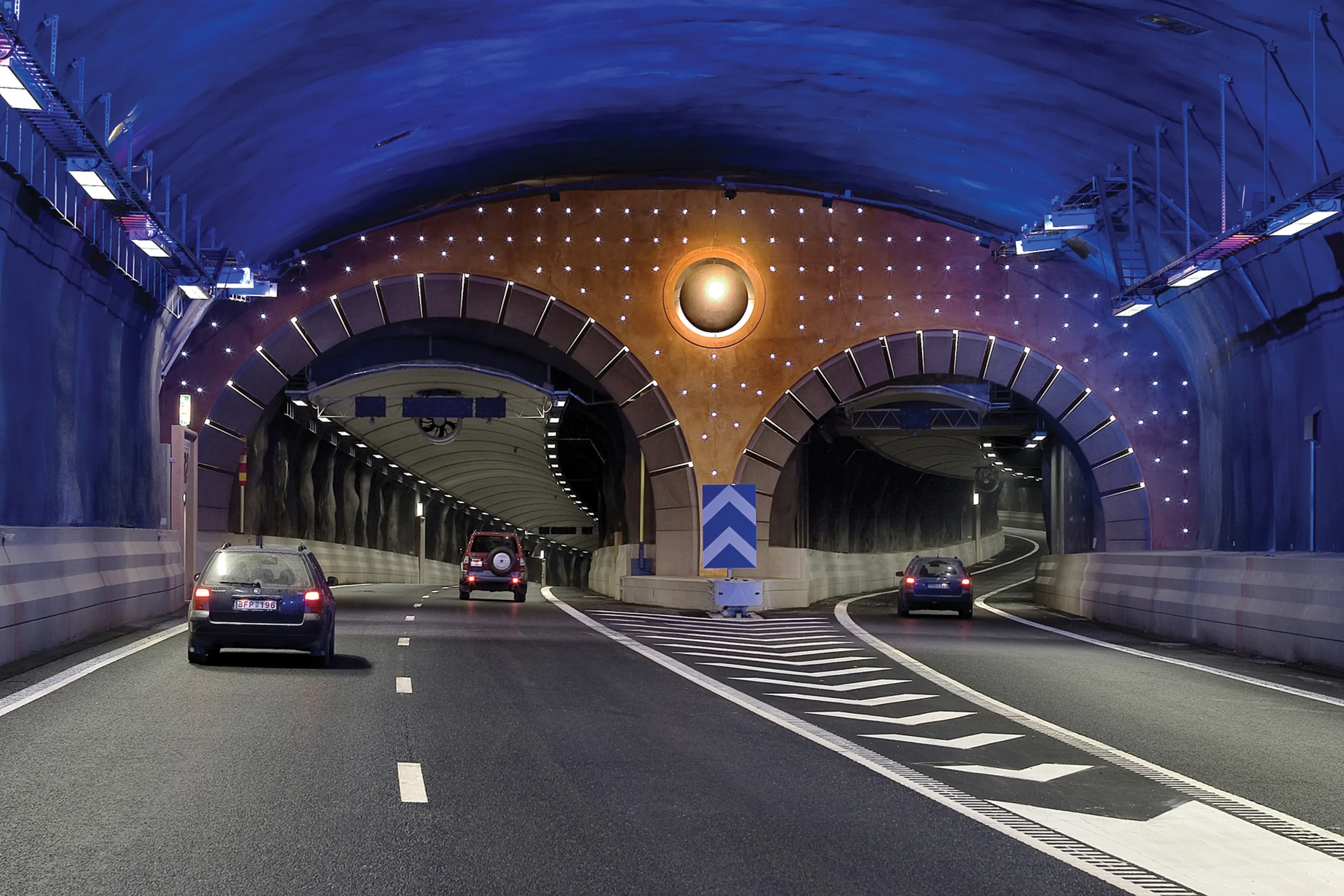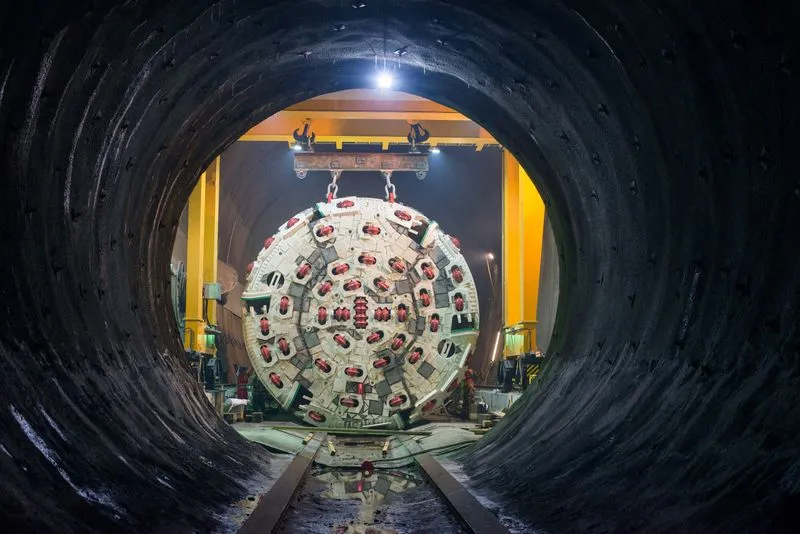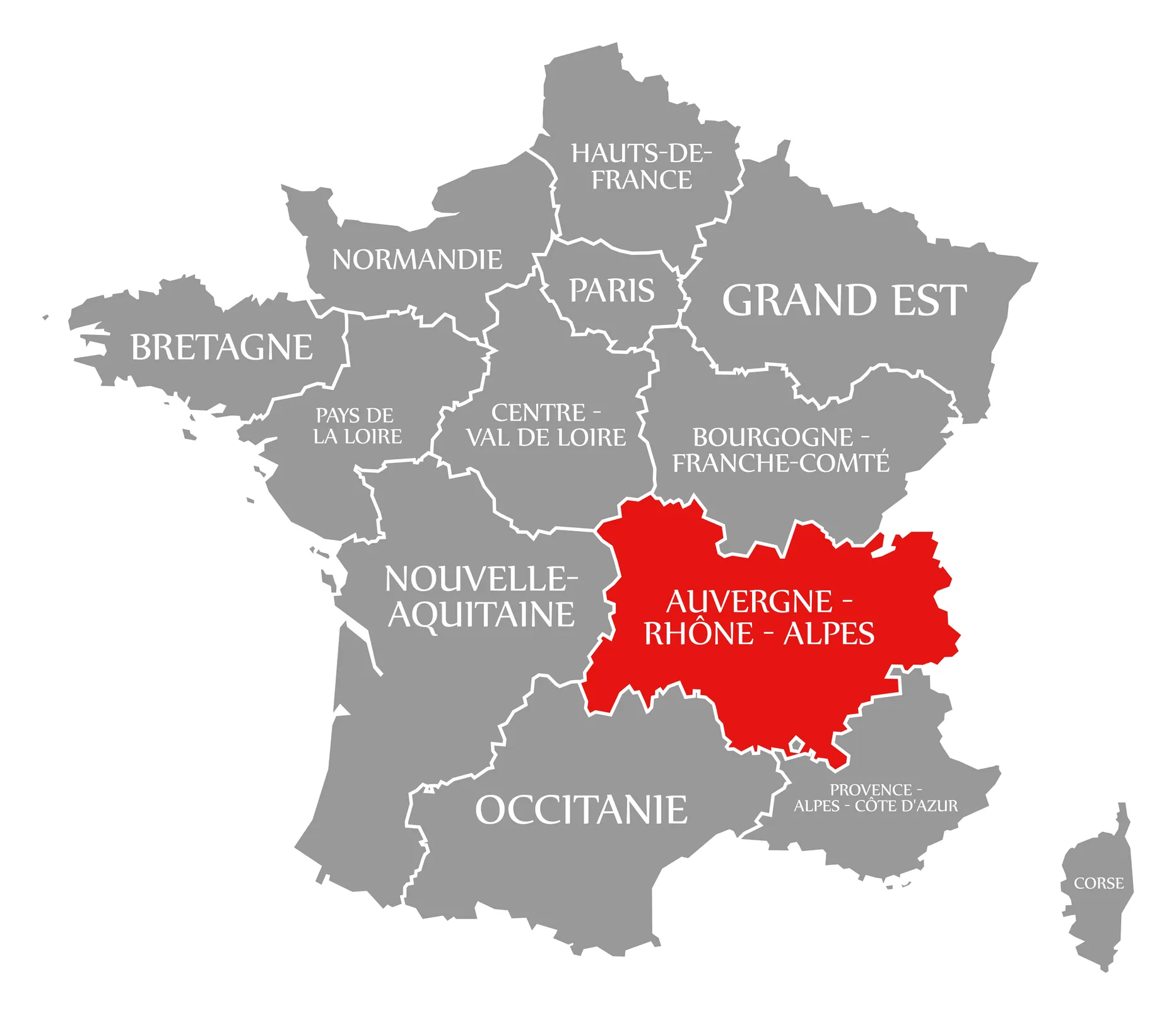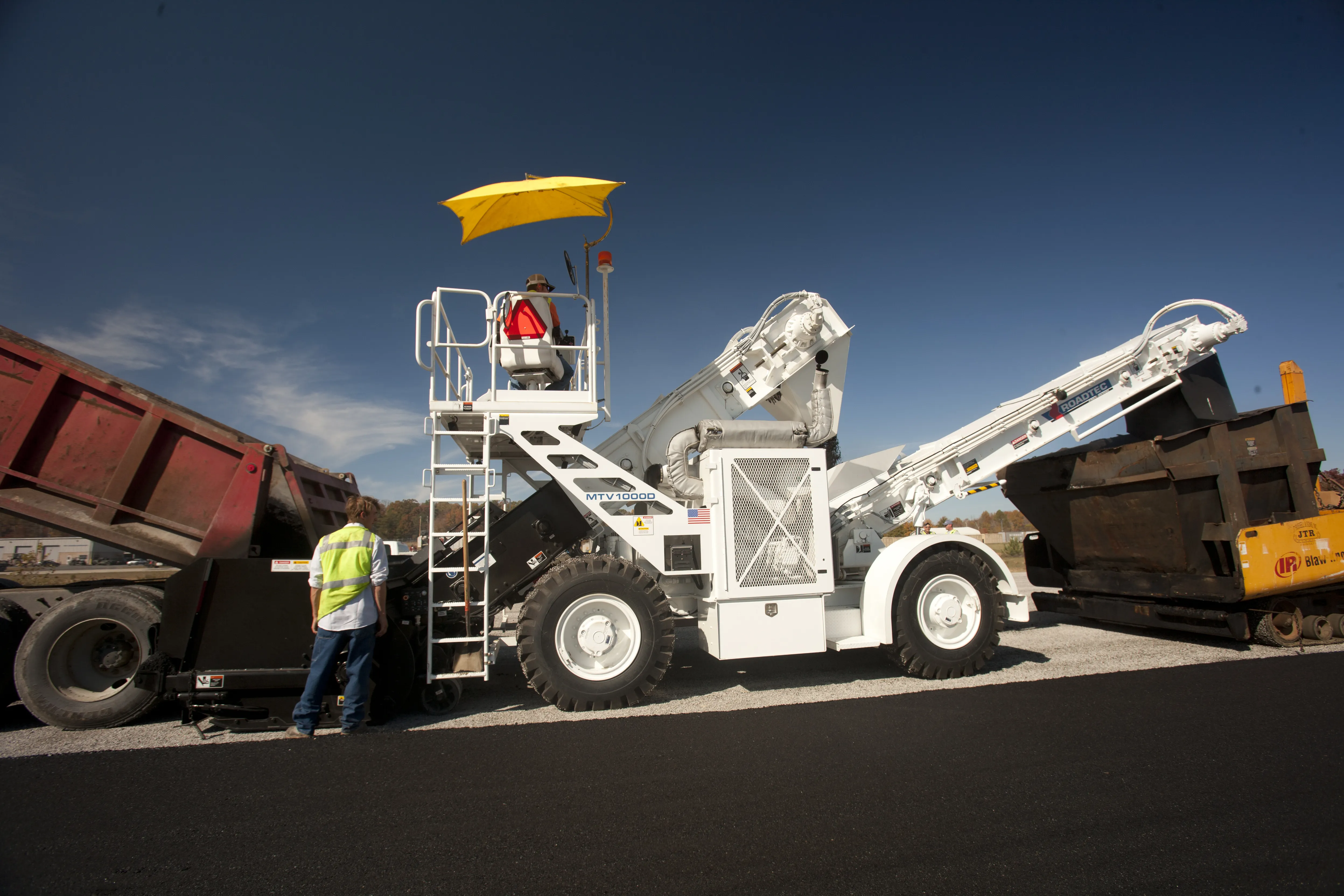Infrastructure investment means that the road tunnel construction sector is healthy due to demand for new links – Mike Woof reports
With many emergent nations investing heavily in infrastructure, the tunnelling sector is seeing extensive business at present. Tunnels provide key links in mountainous areas or in congested cities where building roads on the surface may not be practical. In Asia and Latin America, many key road connections are now being built underground to pass challenging terrain or provide
June 13, 2012
Read time: 5 mins

Infrastructure investment means that the road tunnel construction sector is healthy due to demand for new links – Mike Woof reports
With many emergent nations investing heavily in infrastructure, the tunnelling sector is seeing extensive business at present. Tunnels provide key links in mountainous areas or in congested cities where building roads on the surface may not be practical. In Asia and Latin America, many key road connections are now being built underground to pass challenging terrain or provide links into cities. But even in developed nations, the tunnelling market is seeing a series of key projects or tunnel upgrades. Major tunnel disasters in Austria and Switzerland some years ago resulted in huge changes to safety regulations within Europe. Existing tunnels have had to be upgraded while new links have had to be designed from the start to meet these regulations.One of Europe’s key projects gearing up at present is for a new tunnel in the Polish city of Gdansk. Spanish contractor
Projects are being carried out to maximise safety and
The Traficon VIP-T solution has been providing safety and efficiency for roads and tunnels around the globe for many years. Traficon has a strong presence in Sweden, with recent installations of video image processors in the Lundby, Norrortsleden and Göta tunnels. The system offers incident detection and traffic analysis all in one. Its video image processing board provides real-time data and image information for optimal traffic control and fast, accurate incident detection. Fast DSP processors allow various algorithms (tracking, motion detection and adaptive shadow suppression) to run simultaneously on one single board. This is said to ensure reliability and a low false alarm rate of the video detection system. The Traficon VIP-T uses MPEG4 image compression to offer full frame rate streaming video.
By the end of 2012, the Södra Länken tunnel will feature some 392 modules, with the installation work being carried out by Traficon in cooperation with traffic specialists
The new Södra Länken and Norra Länken links will help reduce traffic congestion in and around Stockholm. The 6km long Södra Länken link, of which 4.7km is in tunnels, is the southern part of the Stockholm ring road and is the largest-ever road tunnel construction in Sweden. The construction of Södra Länken began in 1997 and was completed in 2004. The northern Norra Länken will be about 5km long and the major part of it will be in underground tunnels. Construction of Norra Länken started in 2006 and is expected to be completed by 2015.
There is a need to improve many existing tunnel links and in France for example Autoroute-Paris-Rhin-Rhône (APRR) has opted to install LED lighting in the 3.3km Chamoise Tunnel. APRR is replacing obsolete sodium lamps with LEDs that are expected to last four times as long, while reducing energy use by 45% (or 400,000kWh). The LED bulbs also make lighting more uniform and colours are truer to their normal values, which helps drivers and the cameras that record incidents. Each tunnel tube will be equipped with 600 LED lamps, which are being supplied by Comatelec, while Cegelec is carrying out electrical work on the contract.
Environmental Tectonics Corporation’s (ETC) Simulation Division has now developed an underground tunnel incident scenario. This will be distributed to current ADMS Total Support plan customers and consists of an underground road tunnel, featuring parallel tubes, each with two traffic lanes. The tunnel in the simulation is over 500m long and includes ventilation and interior lighting. Some of the challenges that a tunnel incident creates include: confined space, limited ingress/egress, varying elevation and gradients, low visibility, long distance and little circulation. The scenario simulates traffic and spectators, and also allows for hazardous materials, fire, explosions and casualties.
The tunnel scenario is suited for educating first responders that would respond to incidents according to the firm. All current ETC Simulation customers who have enrolled in the Total Support plan will receive the new 2012 scenario as part of their agreement. The simulated Tunnel accident consists of a base scenario of four cars, a tanker truck, and one cargo truck with passengers that can be selected as casualties. The system also models traffic that will build over time. In addition, the newly released SmartModel library tool allows users to place numerous objects and elements within the scenario, further broadening its capabilities.









